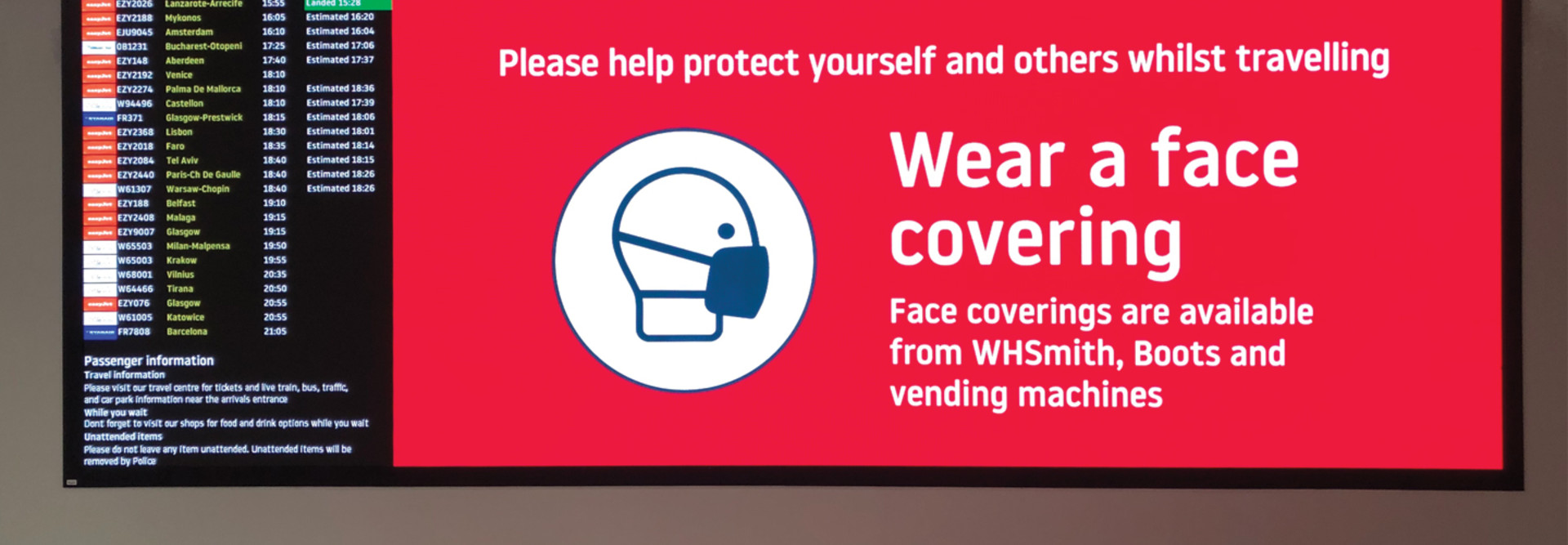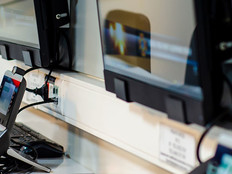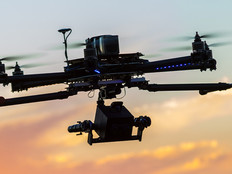IPTV, Digital Signage Can Broadcast Public Safety Messages
One clear example of how AV solutions are evolving is in the use of IPTV to transmit public safety messages. IP-based TV allows the transmission of messages to TVs and other devices more efficiently and with higher quality than traditional means.
In the United Kingdom, the Home Office Scientific Development Branch uses advances in science and technology to support Britain’s Home Office in addressing public safety threats related to immigration, passports, drugs and terrorism.
The office recently partnered with the IP video technology firm Exterity to leverage the HOSDB’s fiber-optic network to deliver messages via IPTV. The system enables the office to “transmit message videos and live TV, such as critical news channels,” across its headquarters location, an Exterity case study notes, “to an infinite number of end points. Messages and TV can be viewed on wall-mounted screens in meeting areas as well as in the reception area.”
CDW is currently working with a law enforcement agency in the U.S. on a similar proof of concept. The agency is looking to leverage IPTV and digital signage to broadcast information — say, from it’s leadership… It can also be used for training, collaboration and to send out bulletins.
Digital signage can also be used to help promote public health. Exterity points out that digital signage can be used as “reception screens to welcome staff and visitors and let them know how to proceed,” to “widely promote health and safety measures and local government lockdown rules,” to “improve people flow around facilities with directions on multiple signage screens,” and to “advise on how to clean any communal equipment that will be used by others.”
“More relevant than ever with the effects of COVID-19, we are seeing the use of live video streaming to reduce the need for large gatherings, training videos being offered on demand and the use of digital signage to inform people entering a building of the necessary safety procedures in place that day, as well as reminders at keys areas like elevators and breakrooms,” says Steven Forrest, Exterity sales director for the Americas.
“Furthermore,” he adds, “we are seeing the need for signage systems to be easy to use and quick to update to changing information, yet still offering necessary advanced features like permissions and approvals, scheduling, and multiple admin levels to ensure adequate control and compliance.”
READ MORE: What steps need to be taken when your agency is deploying a next-generation work center?
Digital Signage Improves Conditions for Inmates
Such solutions can also be put to new uses inside prisons and jails. Many correctional facilities still rely on analog TV systems, which, if they are interrupted, can cause a lot of frustration among inmates.
CDW, working with Exterity, has started to replace TV systems in detention and correctional facilities with IPTV and modern digital signage solutions. That makes control of the TV system much easier for staffers to maintain and customize. They can create channel layouts and programming that can help foster good behavior among inmates.
For example, inmates might only be allowed to watch a few local channels if there have been fights or disruptions. However, to reward collective good behavior, staffers can easily switch to a wider range of programming. All of that can be streamed over the local network inside the facility.
It’s time to start thinking about audiovisual technology in a broader way in public safety. These solutions can be used to rapidly provide information to public safety practitioners and the public alike.
While the focus right now is on the public health emergency surrounding the pandemic, these tools can be used to spread information about any matter related to public safety. IPTV and digital signage are two tools that should be seen as versatile elements of a public safety agency’s toolbox.
This article is part of StateTech’s CITizen blog series. Please join the discussion on Twitter by using the #StateLocalIT hashtag.












